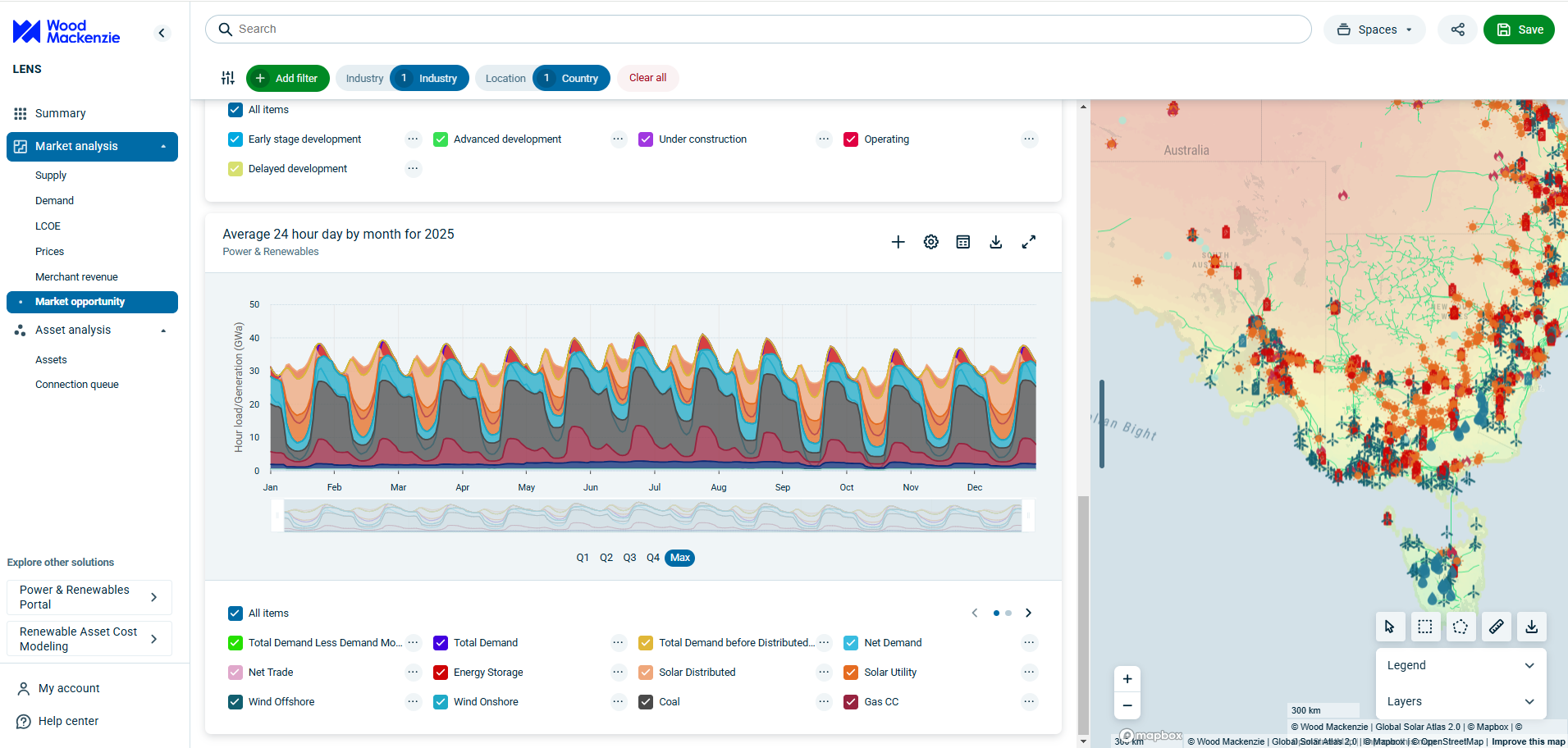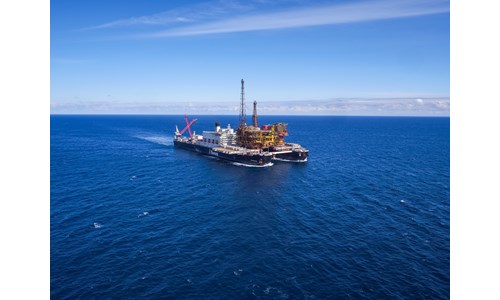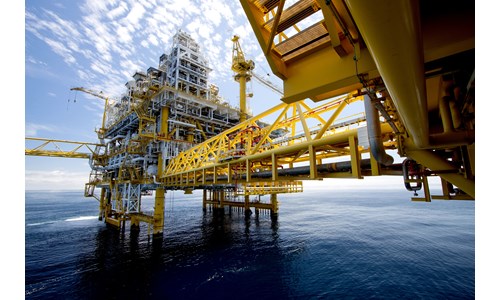The quest for a new UK North Sea fiscal system
*Please note that this report only includes an Excel data file if this is indicated in "What's included" below
Report summary
Table of contents
- The key challenges for creating a new UK tax regime
-
1. Defining a price ‘shock’ and its duration
- When does ‘business as usual’ turn into a windfall?
- How long does a price ‘shock’ last?
-
2. Determining the appropriate government share
- What if the Supplementary Charge had been linked to oil prices?
-
3. Defining price shock income
- High-price royalty (HPR): a revenue-based mechanism
- Progressive RFCT/SC: a profit-based mechanism
- 4. Dealing with oil and gas prices in a single tax system
- 5. Simplifying the current system
- What next?
-
Appendix
- Glossary of UK fiscal terms
- High-price royalty illustration
Tables and charts
This report includes the following images and tables:
- Annual changes in oil & gas prices (1975-2024)
- UK electricity generator levy (EGL)
- England, NI & Wales personal income tax rates*
- Brent oil and NBP gas price inflation (1995-2024)
- Oil & gas share of production by top 10 producers (mmboe)
- Deriving a single weighted average tax rate, assuming a gas-only price shock
- Illustrative combined oil & gas tax rate by top 10 UK producers
- Current UK petroleum taxes
- UK fiscal options matrix
- Hypothetical hindsight progressive SC system
- Actual SC rate vs. hindsight progressive SC rate
- Hypothetical more likely progressive SC system
- 5 more item(s)...
What's included
This report contains:
Other reports you may be interested in
Magnus Area
The Magnus Area includes the huge Magnus oil and gas field and Magnus South, which are among the most northerly fields in the UK North ...
$3,720Strategic Ventures in the North Sea: adapting and innovating for growth
Is there more to come from the UK North Sea?
$1,350Khvalynskoye
The Khvalynskoye field lies in the Russian sector of the Caspian Sea, close to the Kazakh border. In May 2002, Russia and Kazakhstan ...
$3,720














